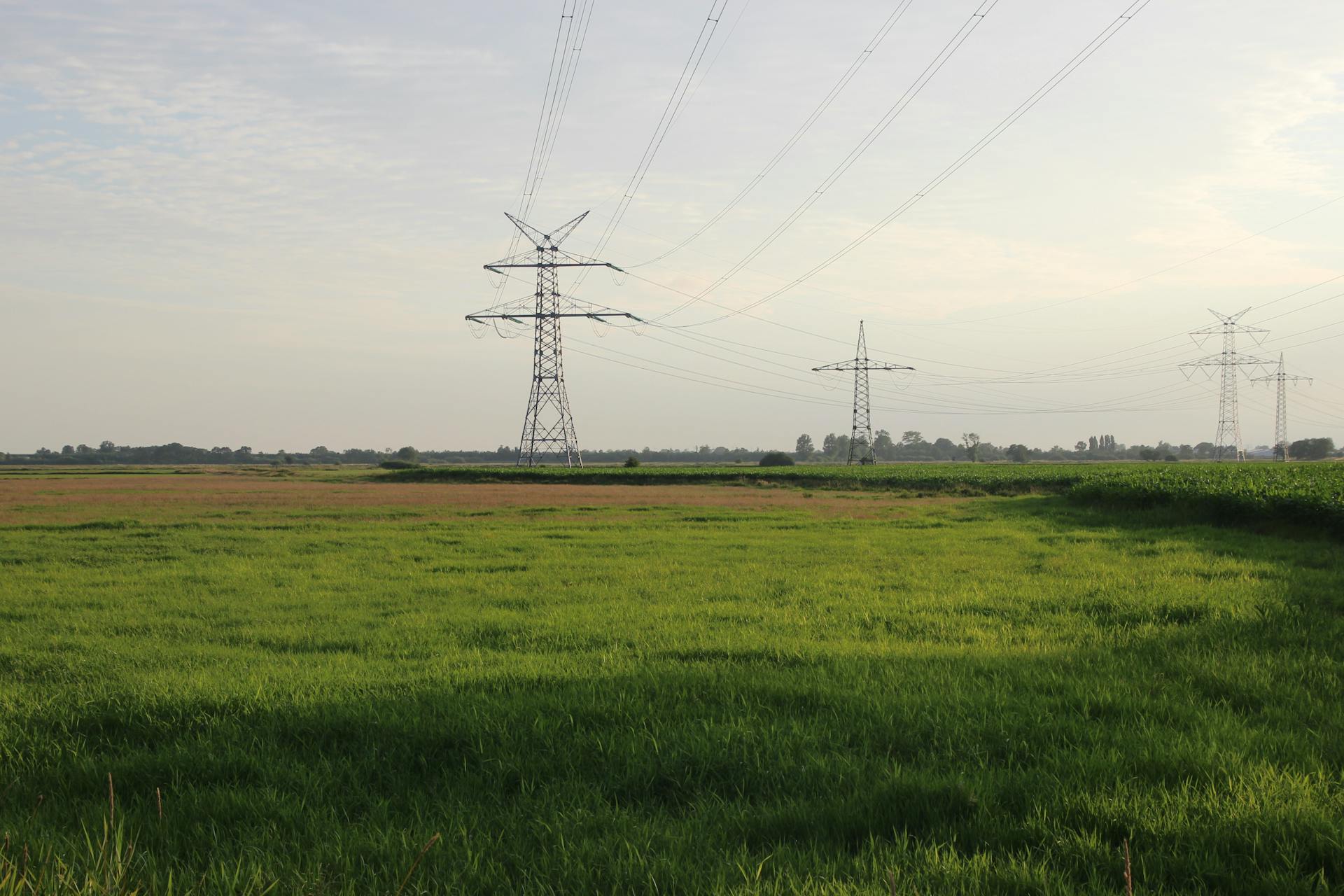Fixed vs Variable Energy Plans: How to Compare Them Before You Choose
Energy bills can feel unpredictable, especially when prices shift without warning. That’s why many households look closely at plan types before committing. Comparing Illuminating Company rates is one way to see how fixed and variable options play out in real life. The decision isn’t just about numbers—it’s about peace of mind and how much risk you’re willing to take. A fixed plan offers stability. The rate you sign for stays steady over the length of the contract. A variable plan, on the other hand, changes with market prices. Some months you win, some months you lose, and that unpredictability can make budgeting tricky.
The Appeal of Fixed Energy Plans
Fixed rates are straightforward. Once you lock in a price, that’s the number you’ll see on your bill month after month. This makes it easier to plan ahead, especially for families who like predictable expenses. The downside is that you may end up paying more when market prices dip. Still, the trade-off of stability appeals to many. Think of it like buying a ticket to a concert early. You pay upfront and don’t stress about rising prices later.
Why Variable Rates Tempt Some Customers
Variable plans are flexible, and in the right conditions, they can save money. If energy prices drop, you enjoy those savings right away. For short-term renters or people who move often, the lack of a long contract can also be helpful. But the risk is clear. Rates can spike during extreme weather or market shifts. It’s like …

